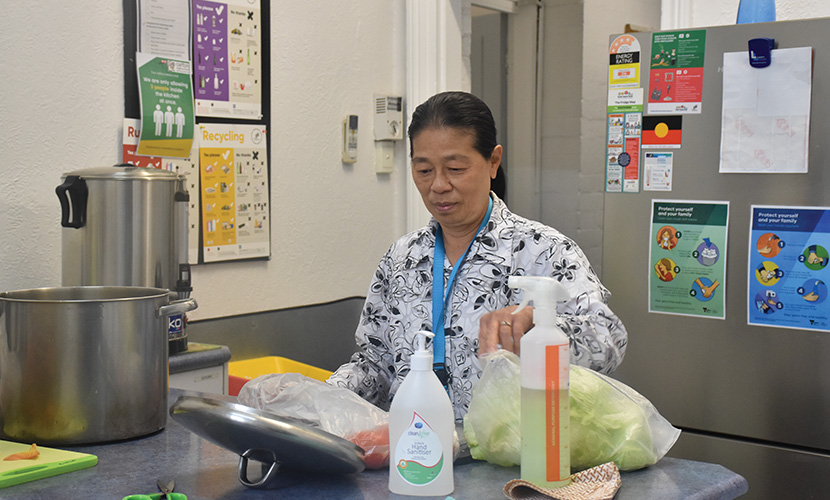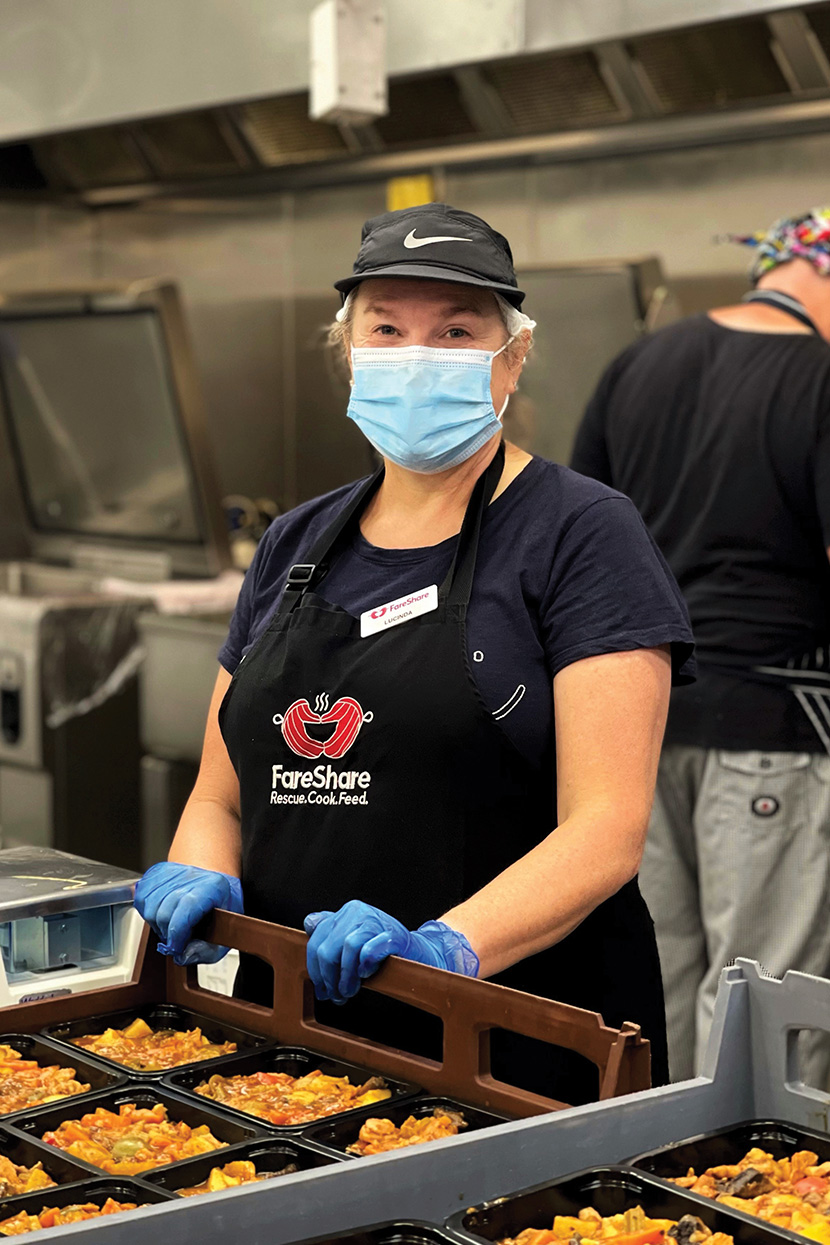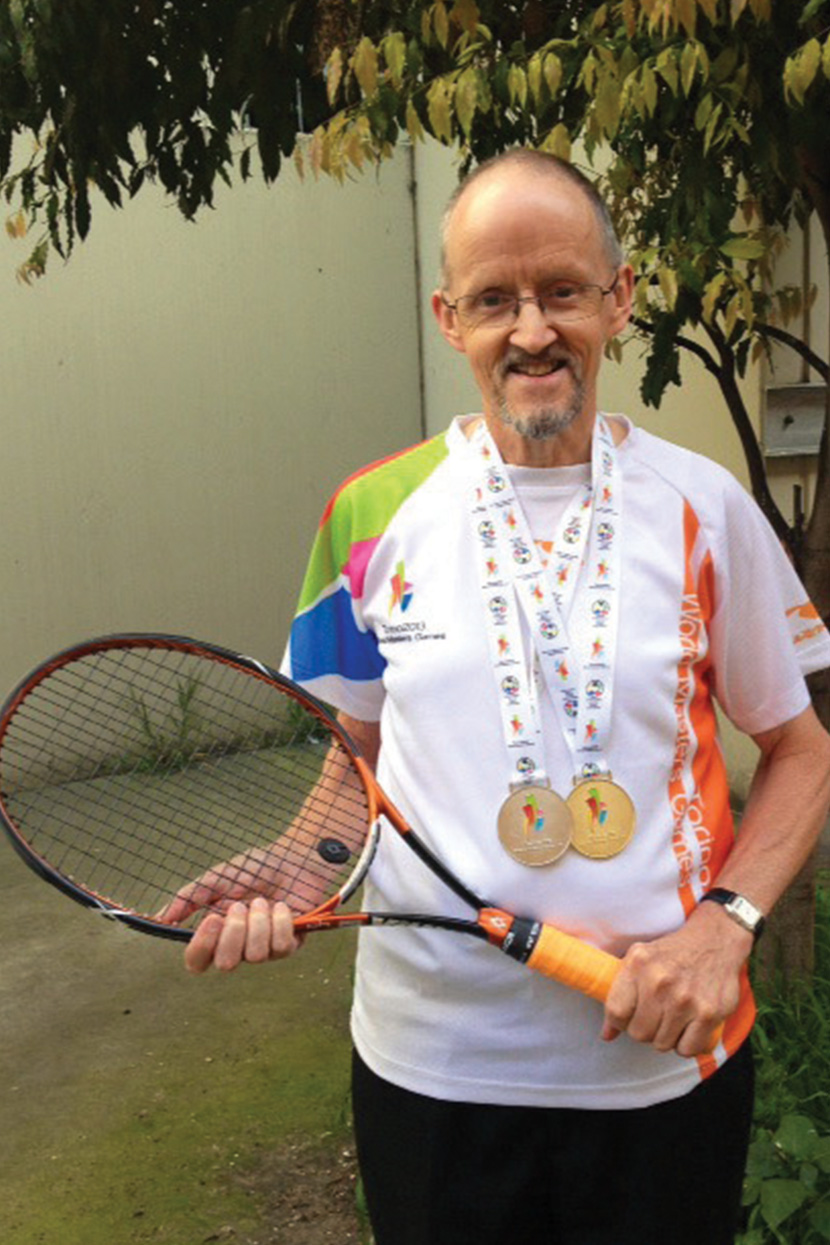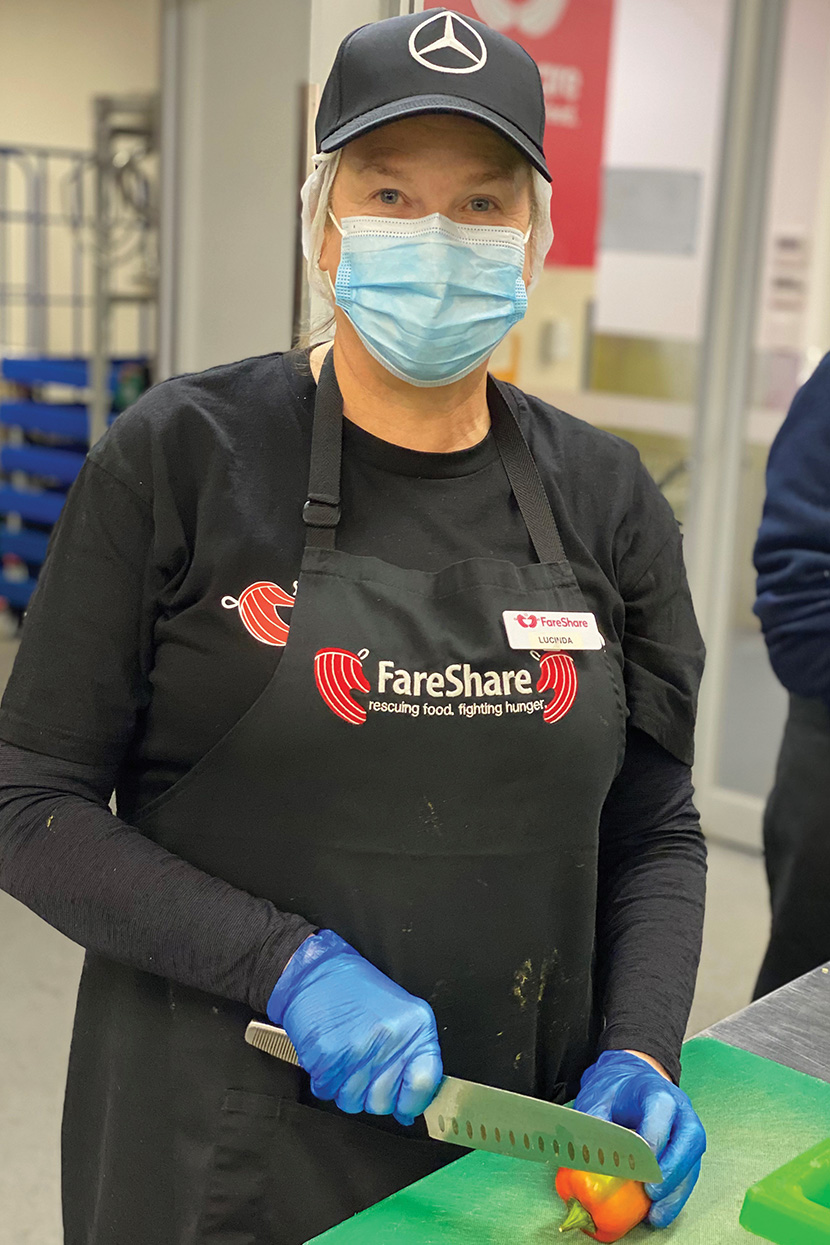Every little bit helps
Volunteering Australia defines volunteering as “time willingly given for the common good and without financial gain”.
National Volunteer Week, held from Monday, May 16 to Sunday, May 22, celebrated and recognised Australia’s volunteers.
This year’s theme for the week was “Better Together”.
Volunteering brings people together; it builds communities and creates a better society for everyone.
Angkana Turner has volunteered at Carlton Neighbourhood Learning Centre (CNLC) for nearly six years.
Every morning, around 6.30am, she arrives and opens the centre.
“I am an early bird; I can do my work quietly and slowly by myself until about 8.30,” Ms Turner said.
“I am so happy to volunteer here; this is my second home.”
Ms Turner opens all the rooms, turns on the heating when needed, and ensures adequate coffee-making supplies are available.
She offers to make coffee for the teachers and remembers how everyone likes it.
Every Thursday, a community lunch is served at the centre, and Ms Turner helps prepare the meals.
“That’s my job, to make everyone happy,” she said with a big smile.
CNLC community development manager Elle Morrel said Angkana was invaluable to help support staff and centre users every day.
“We don’t know what we would do without her,” she said.
Research shows that 30.7 per cent of volunteers choose sports and physical recreation organisations to support.
Rob Haines has been a volunteer at Parkville Tennis Club for almost 40 years, where he has held all of the office bearer positions and taken on the role of tournament organiser.
In his spare time, he is the secretary at his local church and volunteers at the Australian Sports Museum at the MCG every second Monday.
“I recognise that all these organisations wouldn’t function without volunteer work,” Mr Haines said.
“Sport is an important part of my life, so I organise my days and weeks around it and volunteering.”
Mr Haines, who has played tennis for more than 60 years, considers it a source of great enjoyment and has travelled overseas to play in master’s tournaments.
“I get a great amount of satisfaction from playing. When I’m [on the court], I am out to have a good time, and the competitive spirit is incredibly strong.”
In 2019, nearly all formal volunteering (98.3 per cent) involved volunteering in person, in the office or in the field.
The Abbotsford kitchens at FareShare, a not-for-profit food rescue organisation, is where East Melbourne resident Lucinda Cameron spends four-and-a-half hours volunteering every fortnight.
“My duties as a mother were decreasing rapidly, so I thought it was time to do what I want to do,” Ms Cameron said.
“I like the idea of giving back to the community. It’s not a front-line role, and I like doing stuff, helping out behind the scenes.”
She assists with FareShare’s mission to mobilise volunteers to cook delicious, free meals from rescued, donated, and homegrown ingredients to improve the lives of Australians in hardship.
For six years, Ms Cameron has worked on tasks such as bagging prepared food for distribution and chopping ingredients for the daily cooking.
“I chat with the volunteers on the shift,” she said. “I have made some good friendships over the years with like-minded people.”
Volunteers contributed 596.2 million hours to the community in 2019. Pro Bono Australia reported in 2020 that volunteering had an estimated annual economic and social value of $290 billion in Australia, yielding a 450 per cent return for every dollar invested. •

Residents win fight to save laneway from development in East Melbourne










 Download the Latest Edition
Download the Latest Edition